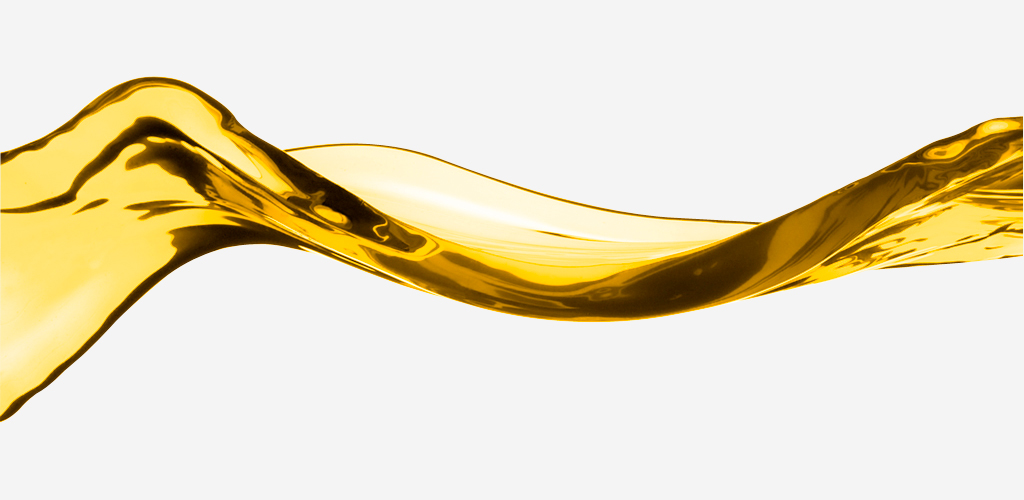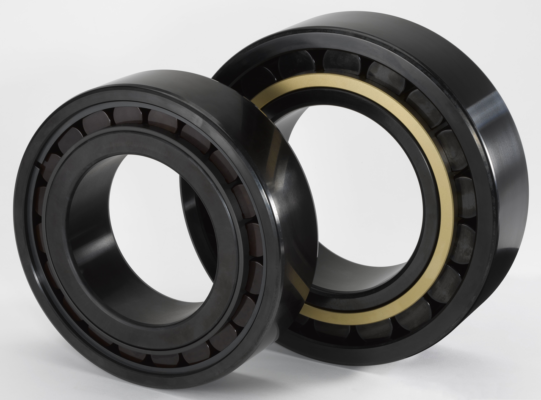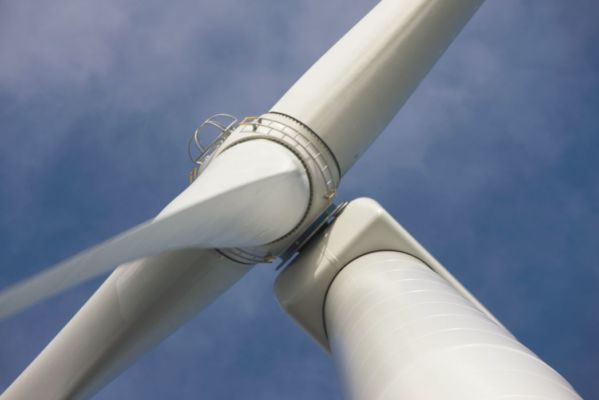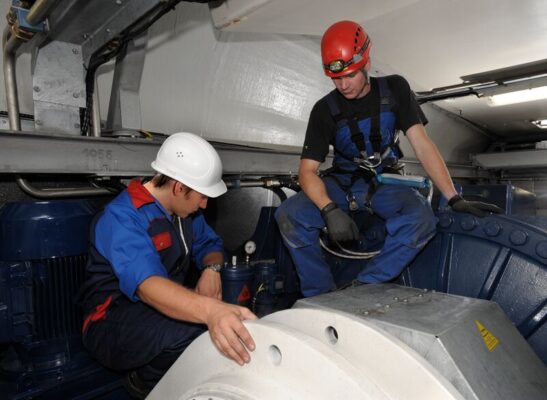Environmental variables
Wind farms are commonly situated in remote areas, such as at sea, meaning they are hard to reach for maintenance and repairs. Once workers have made it to a site, they face a climb of up to 120 meters. Conditions in these locations and at such heights can be extreme. This not only makes a technician’s work challenging and perilous, but also puts bearings under significant pressure. To extend service intervals and thereby mitigate risk, performance demands for lubricants used in offshore wind turbines are especially high. More specifically, due to elevated levels of ambient salinity at sea, turbines require a lubricant with greater oxidation resistance. Synthetic oils fulfill this criterion. Coupled with their longer service life, this makes them an increasingly popular choice.
Meanwhile, in deserts and other arid landscapes, the main issue is abrasion caused by dust infiltrating the gearbox. In this case, an oil filter keeps lubricant clean, reducing abrasive action and extending the turbine’s lifespan. Turbines here also require lubricants that provide a high viscosity index (VI). A lubricant’s VI is its ability to maintain its viscosity as temperature fluctuates. By keeping the bearing sufficiently lubricated through the desert’s scorching days and freezing nights, oil with a high VI minimizes turbine downtime. This kind of lubricant is necessary in northern climes, too, where winter temperatures can fall far below -30°C.
It’s not just the oil; it’s how you apply it
A good lubricant protects a bearing in a number of ways. As mentioned, it helps prevent oxidation and boasts a high VI. But it should also guard against microspalling – a form of surface fatigue that increases stress on gear teeth, wearing them down over time. Moreover, it should maintain filterability when contaminated with water, as too much moisture expedites fatigue and shortens a bearing’s lifespan. Various tests can determine a lubricant’s performance against these expectations.
Yet keeping a bearing running smoothly is not only a matter of deploying a high-quality lubricant; the right lubrication system is an equally important consideration. An automatic system is an efficient solution because it applies the right amount of grease exactly where and when it is needed. Without involving manual labor, the method can save time, cut costs, and decrease risk to health and safety.
The areas where automatic lubrication systems are most needed are the main-shaft, generator, and yaw bearings. Due to the challenging conditions, including low speeds, high loads, and low temperatures, these applications require high-performance grease with excellent water resistance and corrosion protection.
Progressive vs. parallel
There are two main types of automatic lubrication system: progressive and parallel. The former is easier to use; however, a blockage to its primary valve cuts off flow to the secondary, causing the entire mechanism to stop working. A monitoring system – like the GSM lubrication monitor from SKF – will notify the user of any such fault, allowing maintenance workers to respond before the situation escalates.
Parallel systems, on the other hand, have multiple injectors that operate independently of each other. This means that in the event of restricted flow to one injector, the others continue to dispense grease as normal – and the system remains operational. Although more complex, this method has proven effective in offshore turbines, enabling higher levels of availability.
Find the best fit. Reap the rewards.
Lubricating bearings in wind turbines is a complicated but essential process. Selecting the most appropriate grease and lubrication system necessitates careful consideration and planning. Each system has its own advantages and disadvantages, and environmental conditions dictate which oil is the best fit. Generally, the right combination of lubricant and lubrication system can minimize turbine downtime and reduce costs while extending both service intervals and bearing lifespan.



